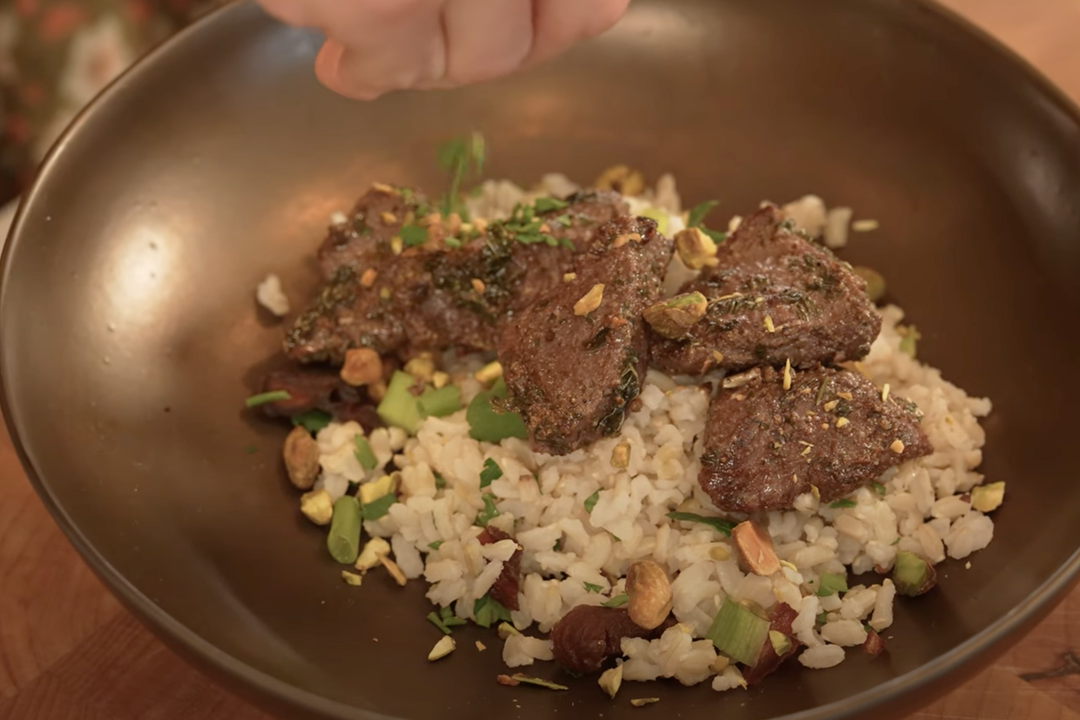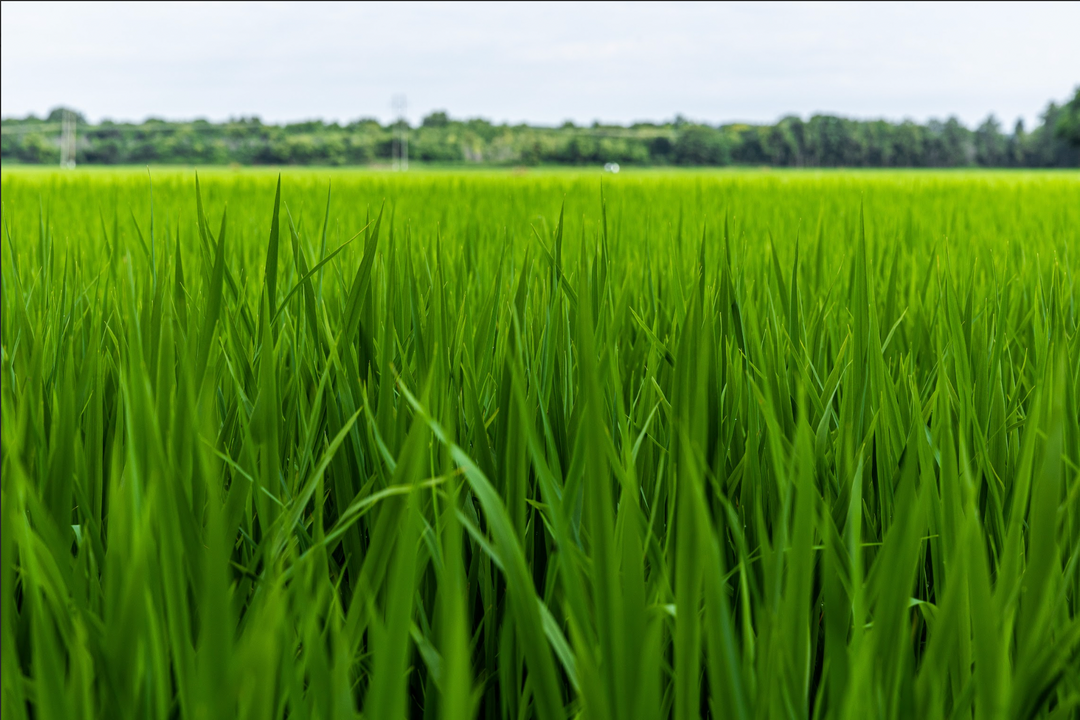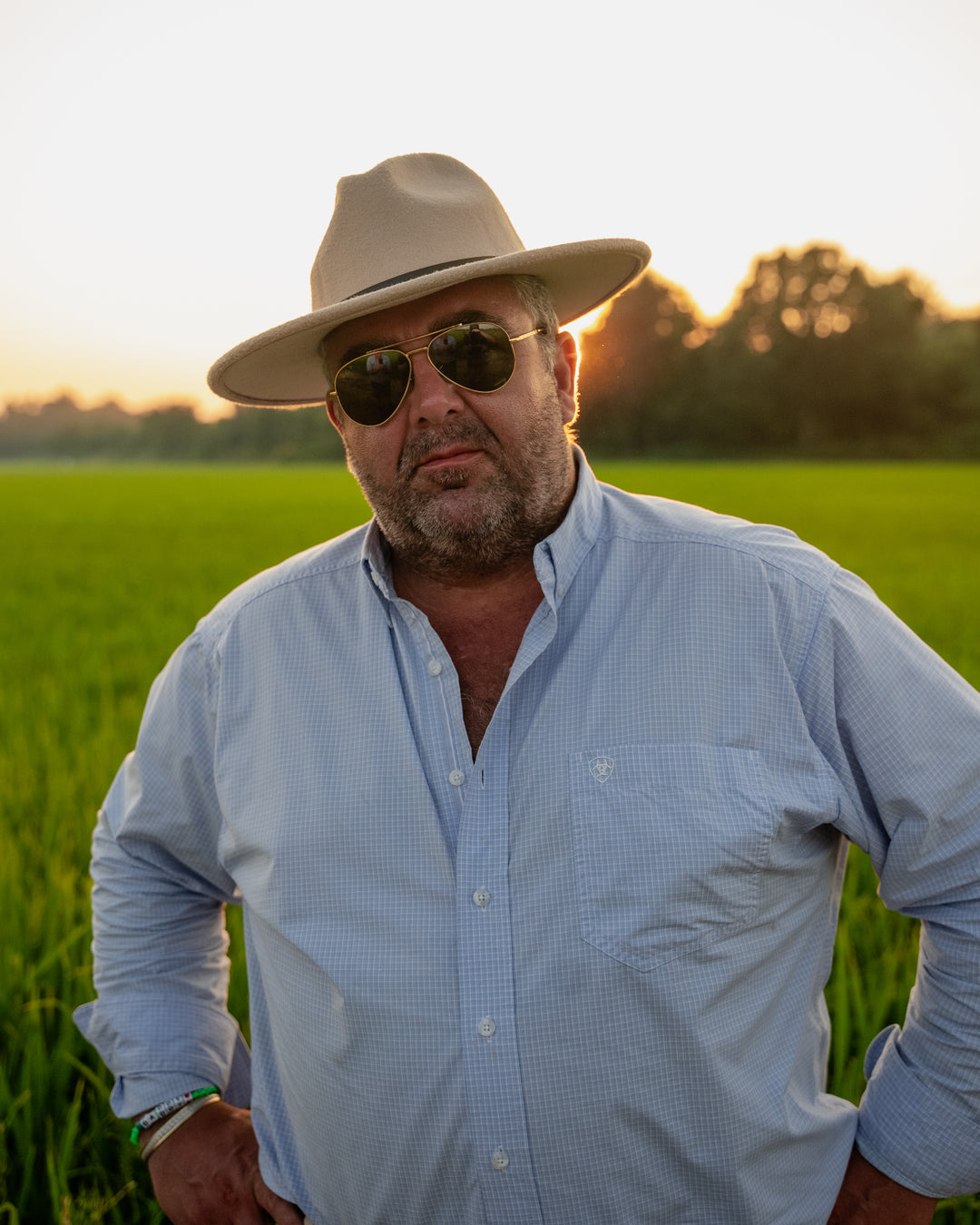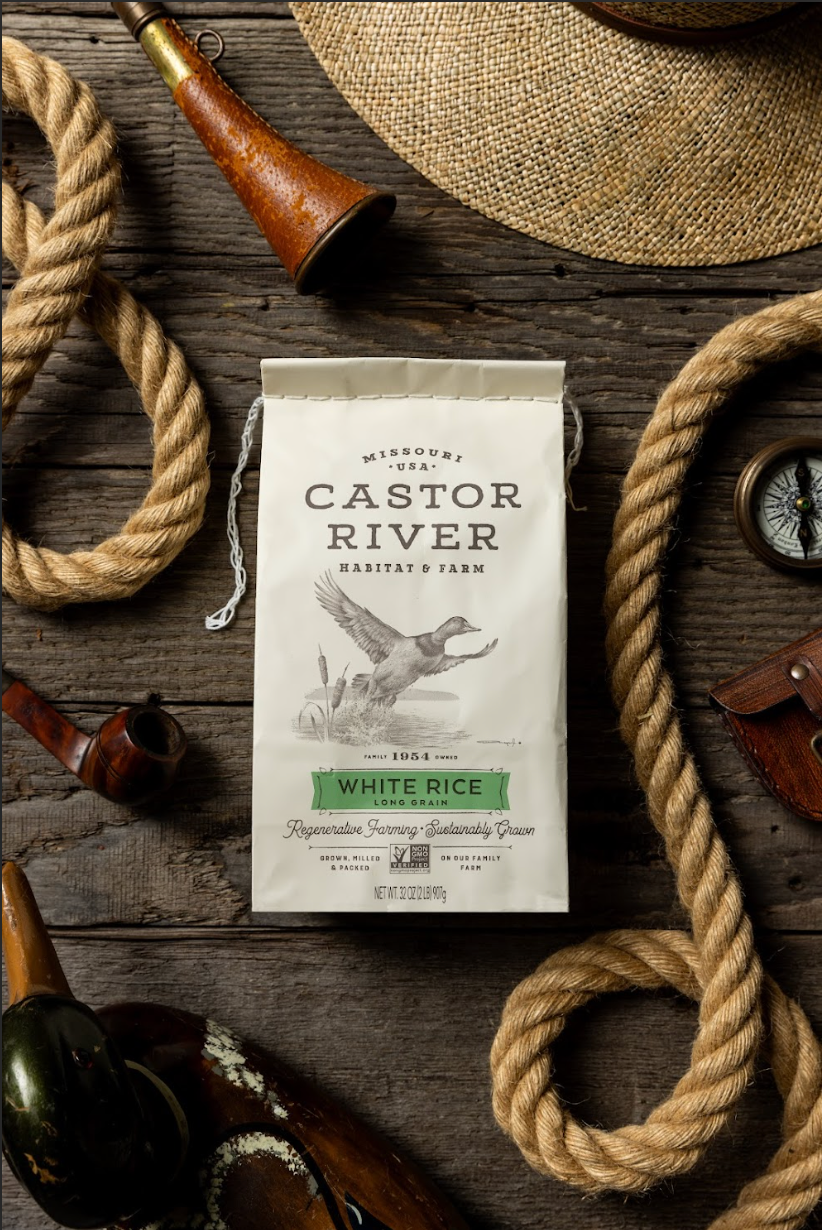How Regenerative Farming Impacts Rice Quality

When people talk about rice quality, they often focus on variety, milling, or cooking technique. But the truth is, the qualities we taste and the nutrients we gain are written into the grain long before harvest.
The hidden factor? Microbial life in the soil.
Regenerative farming doesn’t just protect the land, it builds thriving microbial ecosystems beneath the surface. And those microbes directly influence the amino acids, antioxidants, and starches that define how rice tastes, cooks, and nourishes.
The Living Network Beneath Rice Fields
A handful of healthy soil contains more microorganisms than there are people on earth. These bacteria, fungi, and archaea form complex networks that trade nutrients, recycle organic matter, and even send chemical signals to plants.
In conventional farming systems, heavy tillage and synthetic inputs disrupt this balance, leaving behind soils that may grow rice but lack biological depth. Regenerative farming restores it. Cover crops feed microbes with carbon-rich material. Reduced disturbance allows fungal networks to remain intact. A more diverse microbial community forms, and rice plants benefit.
Amino Acids and Protein Balance
Proteins in rice are built from amino acids, which influence not just nutrition but also flavor and aroma. Soil microbes play a surprisingly direct role here. By breaking down organic matter and releasing nitrogen in more stable forms, they give rice plants a steady supply of building blocks for protein synthesis.
In fields with depleted microbial activity, nitrogen is often applied in synthetic, fast-release forms that spike and fade. Plants take what they can, but it doesn’t translate into the same balance of amino acids. Regenerative fields, with their microbial cycling, create steadier uptake. The grain ends up with higher protein integrity, and often cooks with a firmer, more satisfying texture.
Antioxidants and Phytochemicals
Not all nutrients in rice come from soil minerals. Many arise from the plant’s own defense systems—compounds like phenolics and antioxidants that help it respond to stress. Soil microbes act as partners in this process, priming rice plants to activate these natural pathways.
For example, certain rhizobacteria stimulate a mild stress response that increases antioxidant production in the grain. Those antioxidants don’t just benefit the plant, they benefit the eater. Studies show rice grown in biologically active soils often contains higher concentrations of compounds linked to reduced oxidative stress in humans. In short, microbes help rice grow stronger, and that strength carries forward to the table.
Starch Composition and Cooking Quality
One of the most noticeable qualities of rice is its texture: does it cook sticky or separate, creamy or fluffy? This largely comes down to starch composition, specifically the ratio of amylose to amylopectin.
Soil microbes indirectly influence this by mediating how plants metabolize carbon. In balanced, biologically rich soils, rice plants regulate starch storage more efficiently. That can mean more stable amylose content, which leads to grains that cook predictably, with the texture chefs rely on. Commodity rice, grown in stressed or depleted soils, often shows greater variability. The result is rice that can be inconsistent, fluffy one season, gummy the next.
A Feedback Loop Between Soil and Grain
Perhaps the most fascinating part is how this system feeds itself. Microbes build soil health, which builds plant resilience. Stronger plants then return more organic matter to the soil through root exudates and residue, which feeds microbes in turn. This cycle is what regenerative farming is designed to protect.
When that loop is intact, rice thrives. Its quality is written into every layer of the grain, from the protein chains that give it texture to the antioxidants that give it vitality.
Why This Matters for the Eater
It’s easy to think of microbes as abstract science. But their influence shows up in simple, everyday ways. Rice that holds together in gumbo without turning mushy. Rice that carries aroma even after storage. Rice that nourishes not only with calories but with minerals and antioxidants that support health.
That is the hidden gift of regenerative farming. By fostering microbial life in the field, farmers are elevating the quality of food today.
Take Care of What You Can’t See
The integrity of rice is shaped by invisible partners in the soil. Regenerative farming gives those microbial communities the conditions they need to thrive, and the result is grain with higher nutritional density, more consistent cooking qualities, and a flavor that reflects the health of the field it came from.
At Castor River Farms, we believe the best way to grow rice is to take care of what you can’t see. Because when the soil is alive, the grain tells the story.
Taste the story of living soil









